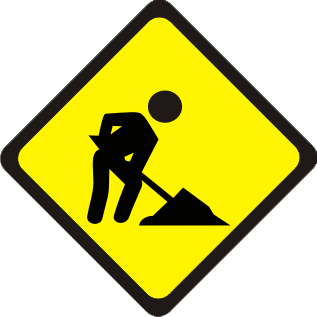
Greetings, Stranger!
Welcome back to Web 1.0 — the era of static HTML and monospace plain text files.
This website is will be dedicated to…
Internet self-classification codes.
But since this term is too long, let’s call them simply geek codes, OK?
They also used to be called signature codes due to the initial concept of inserting these codes into signature blocks when posting to newsgroups. However, this term is too ambiguous – most notably, “signature code” is another name for card verification number (CSC, CVV, etc).
So, what’s a geek code?
It is a string of (usually ASCII) symbols that describes these or those sides of a person in a compact form.
Remember how people in IRC asked each other about “a/s/l”? This stands for “age, sex, location”, and a female teenager from Germany would answer something like, “15/f/Dortmund”, while a male adult from France could describe himself as “33/m/Paris”.
Well, this is not a geek code, but hopefully it gives you the idea of how just a few letters and digits can provide basic information about the matter in question when placed in a certain order.
Various communities, such as goths, furries, Chip ’n Dale Rescue Rangers fans, have developed geek codes relevant to their topic.
- For example, the Cat Code lets you describe your pet: its breed, color, age, temperament, whether it was neutered/spayed, etc; you can even specify that the cat is polydactyl! Once the string is formed, you may use it as a forum signature, so that other animal lovers can learn everything about your cat in a tick (OK, maybe in a few clicks, if they need to check out the documentation).
Some of the geek codes are adult-only (NC‑17, 18+, etc.), and we will not review them here.
Shouldn’t “Geek Code” refer to only one of the ISCCs?
Yes, technically, the Geek Code is one particular code (believed to be the progenitor of them all), but nowadays the word has become sort of… collective. For instance:
- In Wikifur, both Furry Code and TLK Code and Plush Code and other codes belong to the category entitled Geek codes.
- In Russian Wikipedia, the article about Geek code mentions various codes, such as GothCode and Moonie Code and SmurfCODE (which is in fact unrelated to the blue dwarfs), not only the original one.
So, let’s come to the following agreement: it’s the capitalization of first letters that matters. Dragon Code is a geek code, and Geek Code is a geek code. Got it? Good.
*sotto voce* After all, the geek.codes domain has already been registered, and I’m not gonna change it to internet-self-classification.codes or something.
When you say “Cat Code” or “Furry Code”, does it refer to the entire project or just someone’s text string?
Actually, it can be used in both meanings:
- “Furry Code was created in 1996” — i. e. the specification was released.
- “I’ve just created my Furry Code” — i. e. the string of symbols was generated.
Usually it is clear in context.
So, where are all those codes?
They were popular in the 90s; early 2000s perhaps. Alas, now most links are broken. I’m currently crawling the Web, collecting all the information I can retrieve, searching through the Wayback Machine. As soon as the list is ready, it will be published here. Stay tuned.
(looks more like 1996, doesn’t it?)
why would you want to?